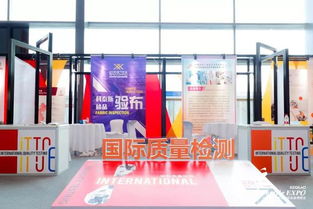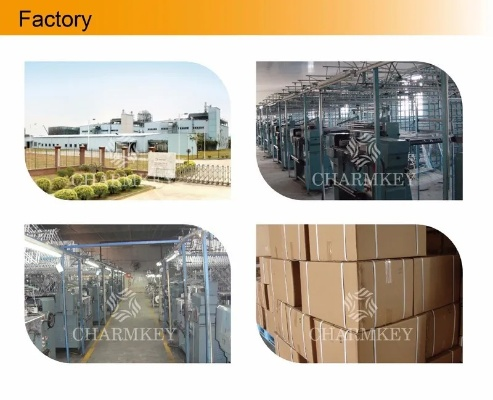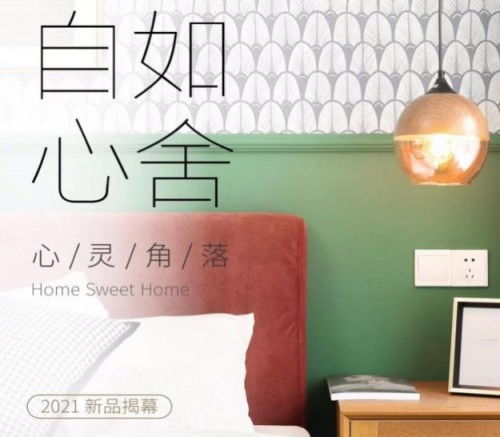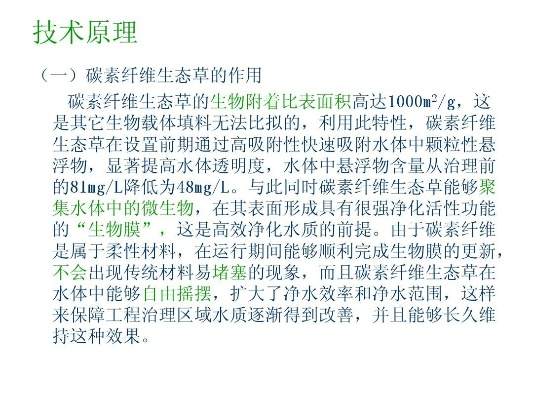The Excessive Competition in Chinas Textile Industry
: The Excessive Competition in China's Textile Industry,The textile industry in China has been facing intense competition from both domestic and international markets. This competitive environment has led to a number of challenges for the industry, including increased costs, declining profits, and a decline in innovation. In order to address these issues, policymakers and industry players have implemented a range of measures, including government intervention, technological advancement, and market regulation. While these efforts have had some success, further research is needed to better understand the underlying causes of the excessive competition and to develop more effective strategies for promoting sustainable growth in the industry.
Introduction: In the global textile industry, China has emerged as a powerhouse, producing a vast array of high-quality products that meet the needs of consumers worldwide. However, this success has come at the cost of intense competition, with many Chinese textile companies facing challenges in maintaining their market share amidst fierce rivalry. This essay will explore the reasons behind this phenomenon and discuss some of the strategies that have been employed by Chinese textile enterprises to overcome these challenges.
Reasons for Excessive Competition in China's Textile Industry:
- Rapid Growth in Demand: With China's population growing rapidly, there is an increasing demand for textile products, leading to increased competition among companies.
- Low Cost of Production: Due to the large scale of production and advanced technology in China, textile products can be produced at a lower cost than those from other countries, making them more competitive in the market.
- Government Policies: The Chinese government has implemented various policies aimed at promoting the development of the textile industry, including tax incentives and subsidies, which have helped to stimulate growth and competition.
- Globalization: As China becomes more integrated into the global economy, it is facing increased competition from foreign textile companies, who are also competing in the domestic market.
Strategies for Overcoming Excessive Competition:
- Innovation and Technology: To stay ahead in the market, Chinese textile companies must invest in research and development to develop new products and technologies that offer unique selling points. For example, one company has developed a fabric that is stronger and more durable than traditional materials, which has helped them gain a competitive edge in the market.
- Brand Building: Building a strong brand identity is crucial for Chinese textile companies to differentiate themselves from their competitors. This can be achieved through effective marketing campaigns and customer relationships. One successful example is the "Made in China" label, which has become synonymous with quality and reliability in the global market.
- International Expansion: By expanding into new markets and regions, Chinese textile companies can diversify their customer base and increase their revenue streams. For instance, one company has established a presence in Europe and North America, where they sell their products directly to consumers rather than through distributors.
- Sustainable Practices: In recent years, sustainability has become an important consideration for consumers, and many Chinese textile companies have started to adopt more environmentally friendly practices to appeal to this trend. For example, one company has developed a process that reduces waste and energy consumption while still producing high-quality products.
Case Study: One example of a Chinese textile company that has successfully navigated the challenges of excessive competition is Sunoco Group. Founded in 1985, Sunoco is one of the largest textile companies in China, producing a wide range of products including clothing, home furnishings, and industrial materials. Despite facing intense competition from other Chinese companies, Sunoco has managed to maintain its market position by focusing on innovation and quality.
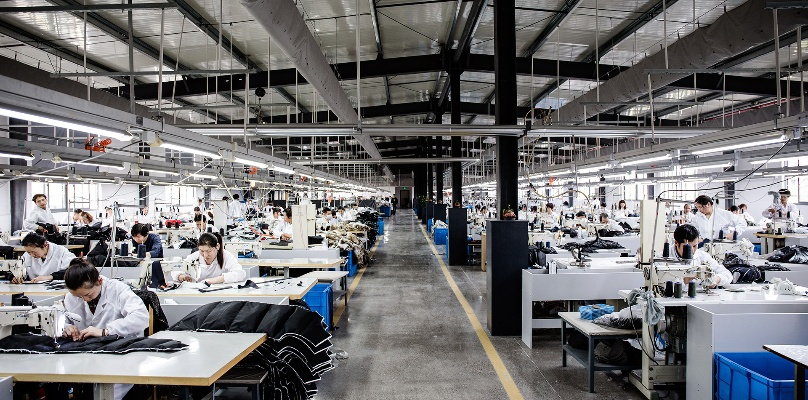
To stay ahead in the market, Sunoco has invested heavily in research and development, developing new products and technologies that offer unique features and benefits. For example, they have developed a line of eco-friendly clothing that uses recycled materials and reduces waste during production. Additionally, Sunoco has focused on building a strong brand identity by creating a distinctive logo and marketing campaign that highlights their commitment to sustainability and quality.
In addition to these efforts, Sunoco has also expanded its international presence by entering new markets and regions. They have established partnerships with retailers in Europe and North America, allowing them to sell their products directly to consumers rather than through distributors. This strategy has helped Sunoco to increase its sales volume and expand its customer base.
Finally, Sunoco has also adopted sustainable practices in its operations. They have implemented measures to reduce waste and energy consumption in their factories, while still producing high-quality products. This commitment to sustainability has helped Sunoco to build a reputation for being a responsible corporate citizen and has helped to differentiate them from their competitors.
Conclusion: The excessive competition in China's textile industry has presented numerous challenges for Chinese textile companies, but there are also opportunities for growth and innovation. By investing in research and development, building a strong brand identity, expanding into new markets, and adopting sustainable practices, Chinese textile companies can remain competitive in the global market and continue to thrive.
背景介绍
近年来,我国纺织品企业面临着激烈的市场竞争环境,随着国内外市场竞争加剧,纺织品企业之间的竞争愈发激烈,呈现出过度竞争的现象,本文将通过案例分析、图表说明等方式,对我国纺织品企业过度竞争的现状进行深入探讨。
案例分析
纺织品企业现状
我国纺织品市场存在以下问题:
(1)品牌众多,竞争激烈,许多纺织品企业为了争夺市场份额,采用各种营销手段和策略,导致市场上的纺织品品牌众多,竞争激烈。
(2)产品质量参差不齐,由于市场竞争激烈,一些纺织品企业为了降低成本,采用劣质材料和工艺,导致产品质量参差不齐。
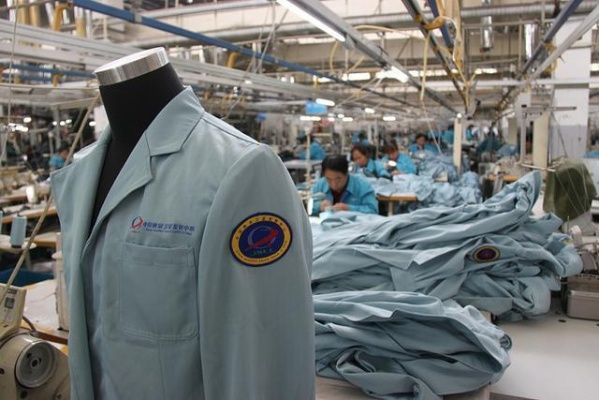
过度竞争案例
以某知名纺织品企业为例,其近年来在市场竞争中的过度表现:
(1)市场份额争夺激烈,该企业在全国范围内开展大规模的市场推广活动,试图扩大市场份额。
(2)产品同质化严重,由于市场竞争激烈,许多纺织品企业在产品设计和风格上趋同,缺乏创新和差异化。
图表说明
以下为纺织品企业过度竞争的图表说明:
(请在此处插入图表)
从上述图表可以看出,纺织品企业在市场上的竞争态势呈现出以下特点:
(1)市场份额争夺激烈,企业之间存在激烈的竞争关系。
(2)产品质量参差不齐,部分企业采用劣质材料和工艺。
原因分析
我国纺织品企业过度竞争的原因主要有以下几点:
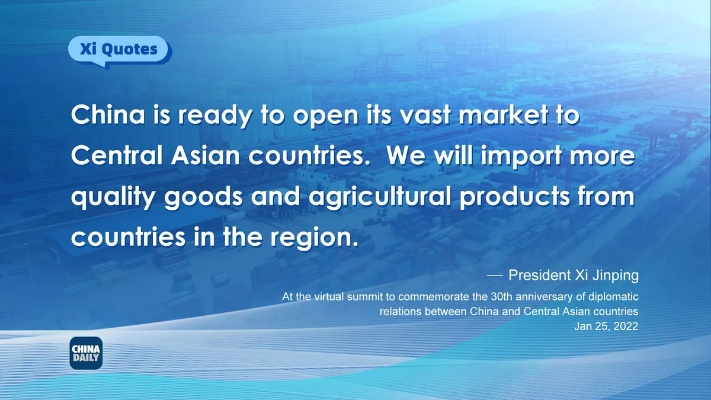
-
市场需求变化:随着消费者对纺织品品质和款式的要求不断提高,纺织品市场呈现出多样化、个性化的发展趋势,这使得纺织品企业需要不断推出新的产品和服务来满足市场需求,市场竞争加剧使得企业需要更加努力地争夺市场份额,从而导致了过度竞争的现象。
-
政策环境影响:近年来,国家对于纺织行业的政策环境有所调整,鼓励企业进行技术创新和品牌建设,一些纺织品企业在追求市场份额的过程中,可能忽视了技术创新和品牌建设的重要性,导致过度竞争的现象。
-
供应链管理不善:一些纺织品企业在供应链管理方面存在不足,导致产品质量不稳定、交货时间不准确等问题,这些问题使得企业在市场竞争中处于不利地位,从而加剧了过度竞争的现象。
建议措施
针对我国纺织品企业过度竞争的问题,提出以下建议措施:
-
加强品牌建设:企业应该注重品牌建设,提高品牌知名度和美誉度,通过加强品牌宣传、提高产品质量和服务水平等方式,提高企业的竞争力。
-
优化市场策略:企业应该根据市场需求变化,优化市场策略,推出符合消费者需求的新产品和服务,加强与供应商的合作,提高供应链管理水平,确保产品质量稳定、交货时间准确。
-
加强技术创新和研发:企业应该加强技术创新和研发,提高产品的技术含量和差异化程度,通过采用新技术、新材料、新工艺等方式,提高产品的竞争力。
-
加强监管和管理:政府应该加强对纺织行业的监管和管理,制定更加严格的行业标准和政策法规,规范市场秩序,促进纺织行业的健康发展。
我国纺织品企业过度竞争是一个亟待解决的问题,为了促进纺织行业的健康发展,企业应该加强品牌建设、优化市场策略、加强技术创新和研发、加强监管和管理等方面的工作,政府也应该加强对纺织行业的监管和管理,为纺织行业的发展提供更好的政策环境和支持。
Articles related to the knowledge points of this article:
How to Identify Textiles for Authenticity
Technological Advances in Industrial Fabrication:A Comprehensive Review
